Ageing Adelaide public school infrastructure targeted in almost $43m upgrade blitz
More than 80 sites will benefit from an almost $43m school funding package that targets ageing infrastructure. List: See if your school is in line for a share of the funding.
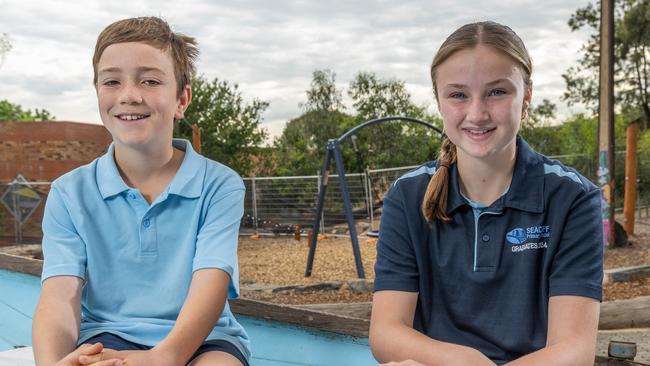
SA News
Don't miss out on the headlines from SA News. Followed categories will be added to My News.
The average age of a South Australian public school building is 44 years old, but at Seacliff Primary school, many of their classrooms were built six decades ago.
“We’re feeling that in some places,” principal Sue Matene said.
“(But) we want our local community to view our school as the best choice for their child’s education.”
Seacliff Primary School is among more than 80 sites that will benefit from a $42.7m state government targeted maintenance program for upgrading ageing infrastructure.
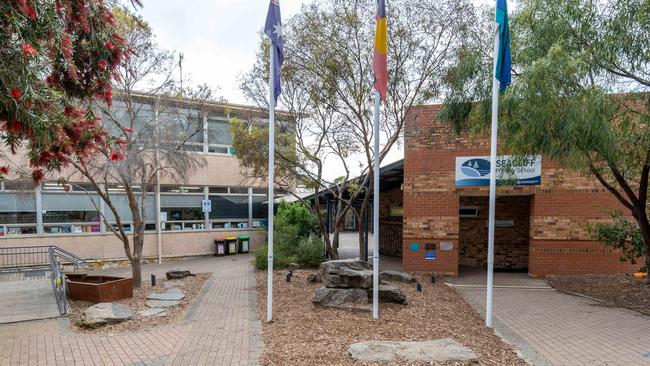
The funding will include $5.25m on bitumen replacement at six schools, more than $4m on upgrades to support students with disabilities at nine sites and about $4.5m to replace roofs, gutters and downpipes.
Seacliff will receive about $500,000 as they are working on projects to fix water damage in a multistorey building and replace timber sleepers.
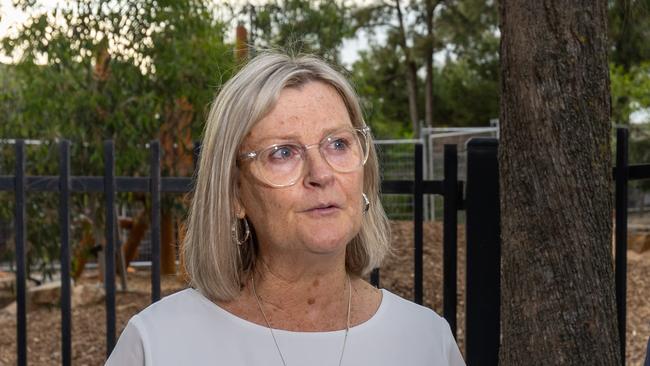
“That will make our buildings that are ageing more safe,” Ms Matene said.
Education Minister Blair Boyer said he was aware that some schools “haven’t had the same level of attention as others”, which can have an impact on enrolment interest.
“Despite the fact the biggest asset we have will always be the teachers and staff inside the school … parents will still make an assessment and decision based on how a school will look,” Mr Boyer said.
“We’ve fallen into a trap in years gone past of investing vast amounts of money in schools that are forever full.
“But we also need to prioritise those schools where there might be existing capacity that is not used.”
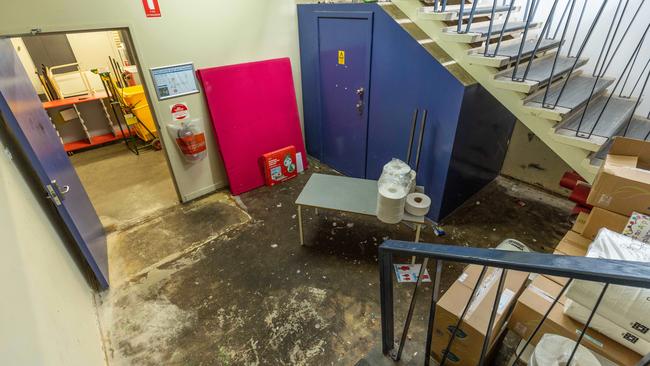
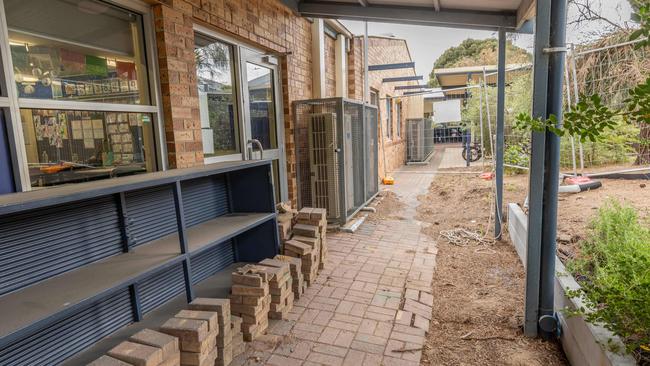
The maintenance funding comes after the state government this year announced a 20-year school infrastructure plan, which provided clarity on how work is prioritised on about 5700 buildings across 900 public schools, preschools and children’s centres.
A report released with the plan detailed that 35 per cent of all buildings managed by the Education Department were past their design life.
The plan will focus on key indicators when assessing infrastructure work including enrolment trends and capacity, socio-economic disadvantage, asset condition, school culture and local community opportunities.




